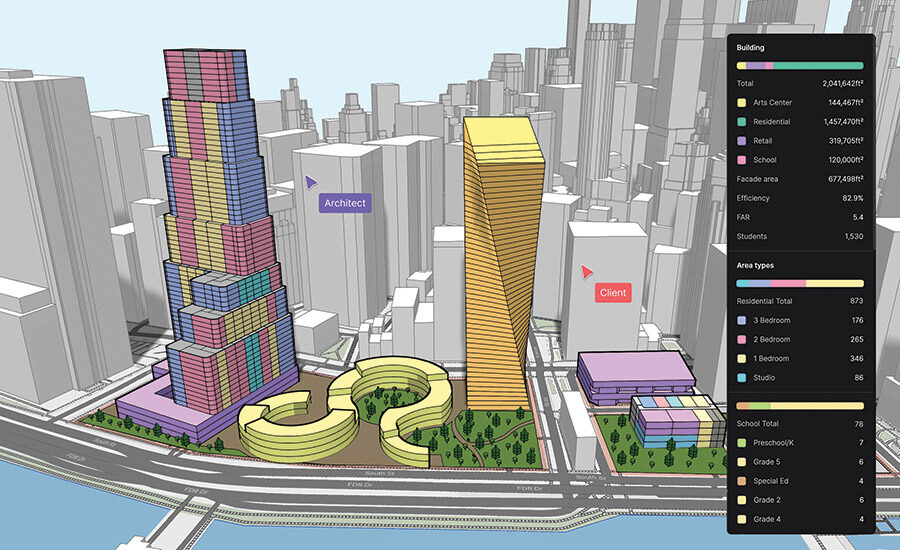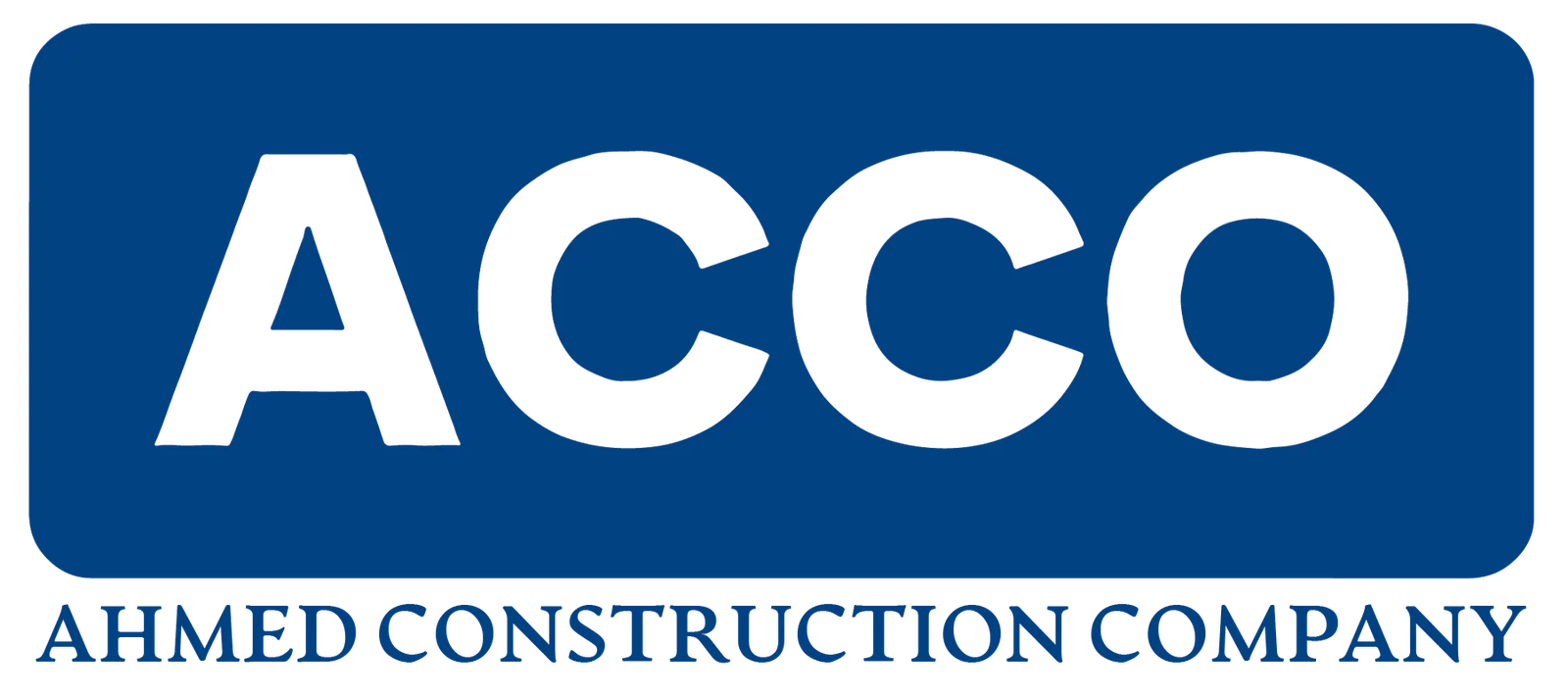
Arcol Brings BIM to a Browser, Gives Design Concept Choice
Startups and established players are all vying to replace desktop and file-format-bound design tools with something that utilizes the power of the internet to enable true design collaboration. One player already has support from executives at the top of the design software game—with its platform being used by design firms large and small.
Paul O’Carroll started Arcol in 2001 in his native Ireland after seeing how limited desktop design tools were. With a background making digital design tools for large firms, O’Carroll was inspired by the options of product design tool Figma.
“By default, Arcol is open,” he says. “It’s a URL, but we can stream data into any application we want to, whereas legacy tools—because they’re hindered by the desktop and files—can’t do that.”
Arcol is browser-based and can turn 2D sketches into 3D representations. Because the platform code is on the internet, users can get real-time feedback on designs and collaborate without
needing to sync or save and changes are streamed among users.
Arcol’s interface has boards that keep views, sheets and data synchronized.
Users can create design options, shadow studies and styles, and compare them side-by-side at any point in the design process.
Arcol has raised more than $5 million since its founding, allowing O’Carroll to move the operation to New York City. Design software players such as Procore CEO Tooey Courtemanche and former Autodesk Co-CEO and now Motif CEO Amar Hanspal were early venture capital supporters.
While Arcol works directly with users on a contract basis at the moment, O’Carroll said the company plans to open up public availability from its website, with free accounts and trials, this summer.
“We started charging users last year,” O’Carroll says. “Firms adopted it, and firms are building real projects on Arcol and doing real feasibility studies.”
One such firm is Atlanta’s THW Design, which specializes in senior housing.
“I think the browser is going to be the way of the future, especially as it becomes more accessible, and the internet becomes faster, more stable,” says Peter Zyskowski, design technology and senior associate at THW. “The functionality is really what we’re after.”

Arcol Boards combine whiteboarding, modeling, and documentation in a single infinite canvas for designers.
Screenshot courtesy of Arcol
Zyskowski says THW tested different design tools from artistic and conceptual to ones that were purely data-driven machine learning platforms. They use Arcol because it provides aspects of both.
“[Arcol] validates a lot of what our initial assumptions of a site are about,” he says. “It allows us to start to develop some massing or at least understand the balancing of aspects of the project, like unit count and number of parking spaces.”
Dallas-based architectural and design firm Corgan Associates, which has more than 1,000 employees in 19 offices, is seeing similar results.
“We believe real-time collaboration is the future of our industry,” says Bob Reyes, principal and COO at Corgan.
“Meaningful and impactful projects happen when all stakeholders are working in sync early and often,” he says. “Arcol’s belief in rethinking the AEC design stack with real-time collaboration and modern technology is something we’re incredibly excited to continue to partner with them on.”
Post a Comment
You must be logged in to post a comment.





